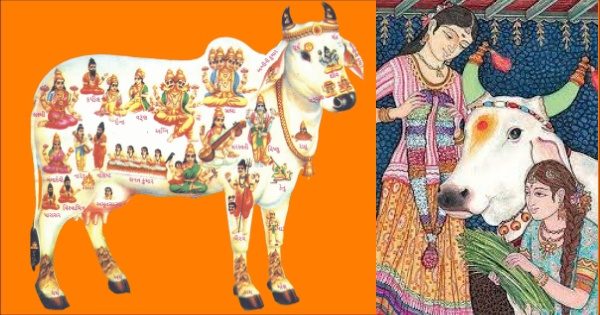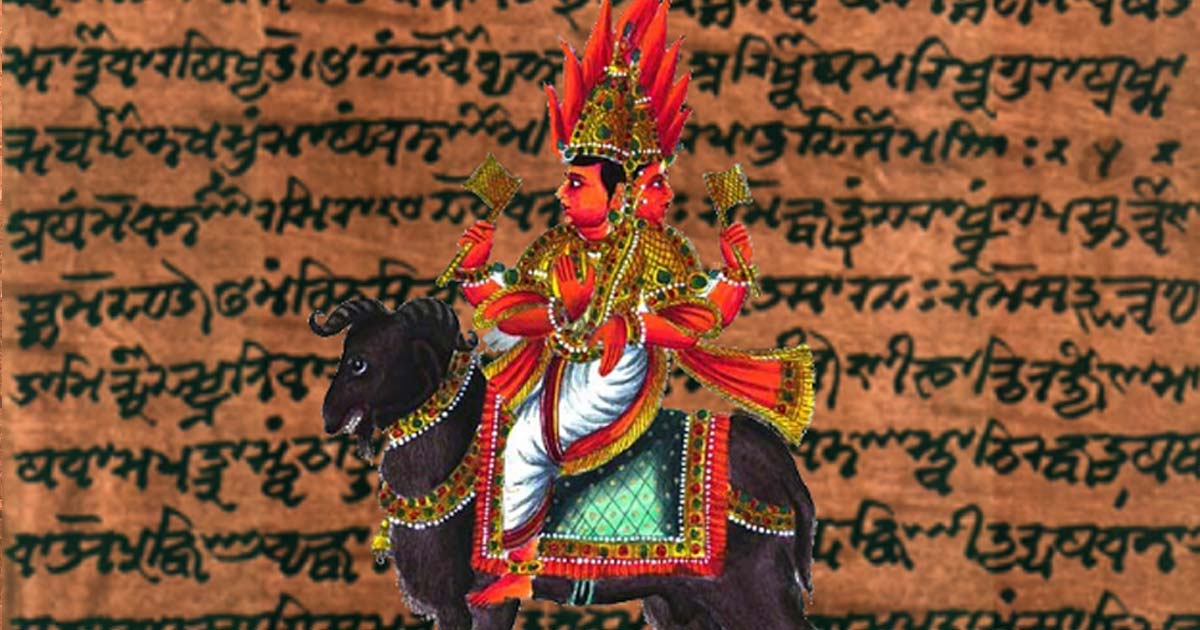

The Vedic hymns were probably first compiled after a period of about 500 years during which the invaders assimilated various native religious ideas. and pertains to the fire sacrifice that constituted their religion. The Veda is the literature of the Aryans who invaded North West India in 1500 B.C. The authority of the Veda as stating the essential truths of Hinduism is still accepted to some extent by all Hindus. Many people have said that it is a story about dharma or duty.The Vedas are the oldest scriptures of Hinduism and the most ancient religious texts in an Indo-European language. The symbolism of the story has been widely interpreted but basically is the story of good overcoming evil. Sita was abducted by the evil demon Ravana but ultimately rescued by Prince Rama with the help of the Monkey God, Hanuman.

It tells the story of Prince Rama who was sent into exile in the forest with his wife, Sita, and his brother, Lakshamana. The RamayanaĬomposed in the same period, the Ramayana is one of India's best known tales.

Krishna points out that knowledge, work and devotion are all paths to salvation and that the central value in life is that of loyalty to God. He wants to withdraw from the battle but Krishna teaches him that he, Arjuna, must do his duty in accordance with his class and he argues that death does not destroy the soul. The Bhagavad Gita takes the form of a dialogue between prince Arjuna and Krishna, his charioteer.Īrjuna is a warrior, about to join his brothers in a war between two branches of a royal family which would involve killing many of his friends and relatives. It has, nevertheless, an important place within the Hindu tradition. This is considered by some to be of less importance than shruti (the heard text, such as the Vedas). It is one of the most popular Hindu texts and is known as a smriti text (the remembered tradition). The Bhagavad Gita, or "Song of the Lord" is part of the sixth book of the Mahabharata, the world's longest poem.Ĭomposed between 500 BCE and 100 CE, the Mahabharata is an account of the wars of the house of Bharata. Whilst the priests (brahmins) had previously been the ones who, through ritual and sacrifice, had restricted access to the divine, now the knowledge of the universe was open to those of the high and middle castes willing to learn from a teacher. The early Upanishads are concerned with understanding the sacrificial rites.Ĭentral to the Upanishads is the concept of brahman the sacred power which informs reality. Later Upanishads continued to be composed right down to the 16th century. The major Upanishads were largely composed between 800-200 BCE and are partly prose, partly verse. These texts developed from the Vedic tradition, but largely reshaped Hinduism by providing believers with philosophical knowledge. The Upanishads were so called because they were taught to those who sat down beside their teachers. 900 BCE) preserves many traditions which pre-date the Aryan influence and consists of spells, charms and magical formulae.


 0 kommentar(er)
0 kommentar(er)
